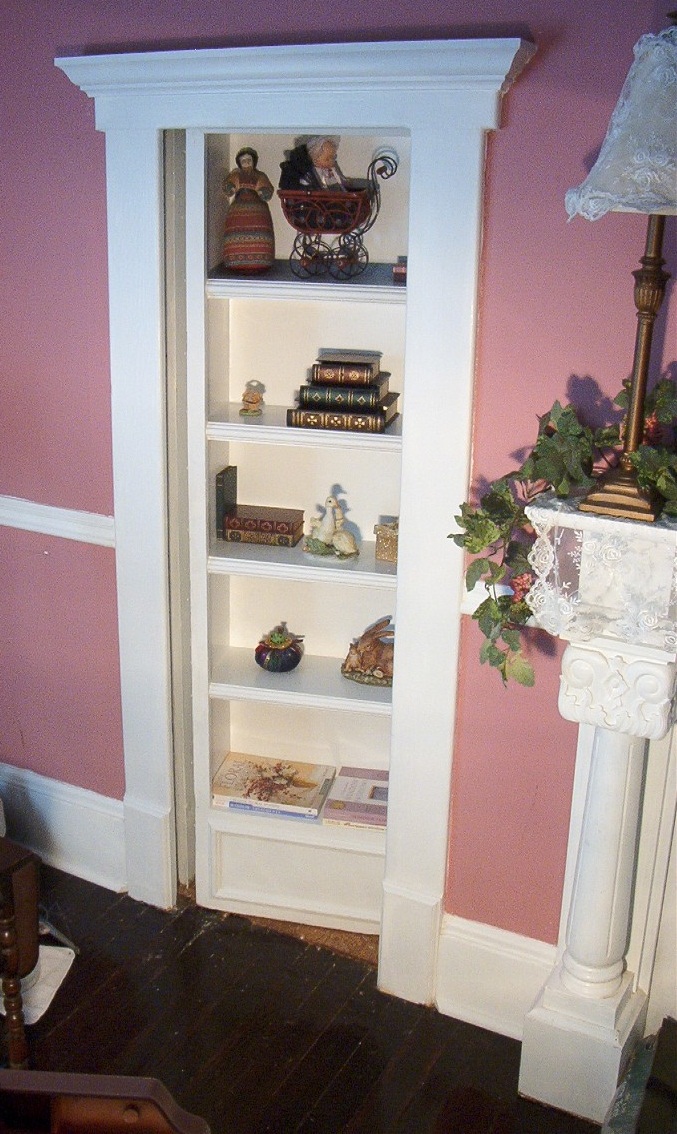Hidden Doors are most often found in the walls, floors and ceilings of homes.
They can open inward, outward, upward, downward, sideways and the technology of today allows us to build automatic or electronically operated hidden doors that lock, unlock, open and close at the push of a button!
To those in the Hidden Door Industry like Hidden Door Builders, the tools and techniques used to build and automate hidden doors are protected Trade Secrets.
Hidden Door Hinges > are needed for some but not all doors. Heavy Duty Doors require Heavy Duty Hinges to bear the load without sagging.
Hidden Doors can be nearly any size and can be made of many different materials (including projectile resistant metal construction) and they can take many forms (mirrors, stairs, panels) but the most common is the wooden bookcase hidden door.
The Bookcase Hidden Door comes in two basic types:
1. Heavy Duty (below left) and Light Duty (top right.)

Hidden Door Fact:
Only the Heavy Duty Bookcases can carry the weight of real books with-out failing.
The Hidden Door Trade Secrets used to build the full size bookcase hidden door (left) include three basic principles for supporting & transferring the load without using metal framing. It was built by a Master Carpenter and how he did it is revealed in the Victorian Bookcase Plans on this site.
Primary Use:
A Hidden Door can be used to quickly & easily access a Secret Passage, Compartment or a Safe Room.

